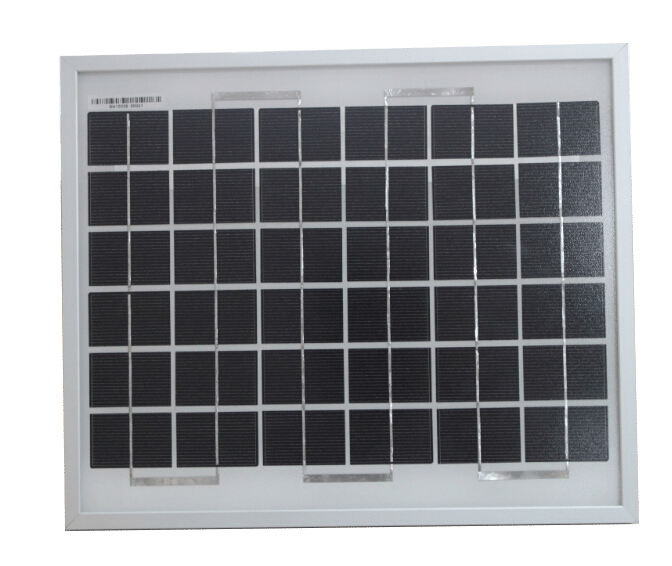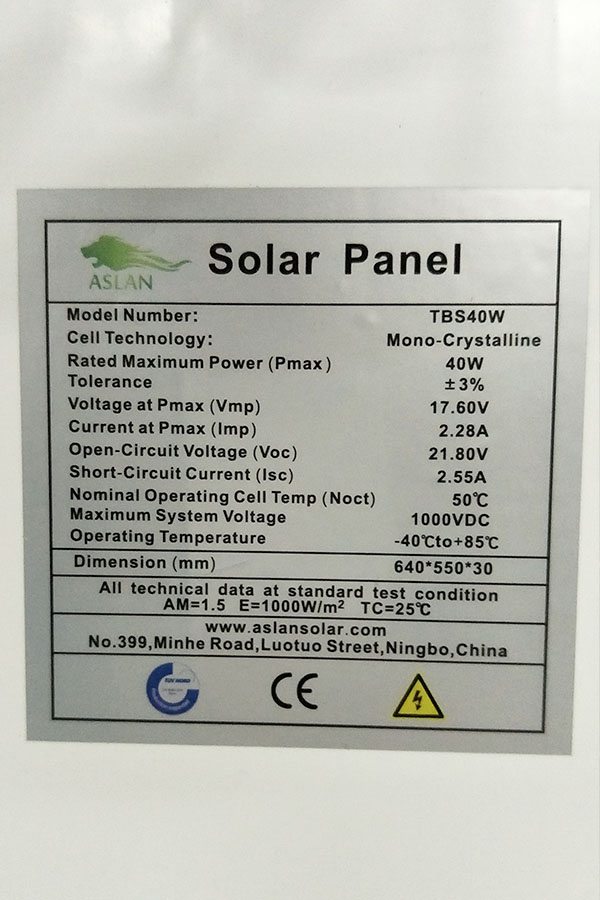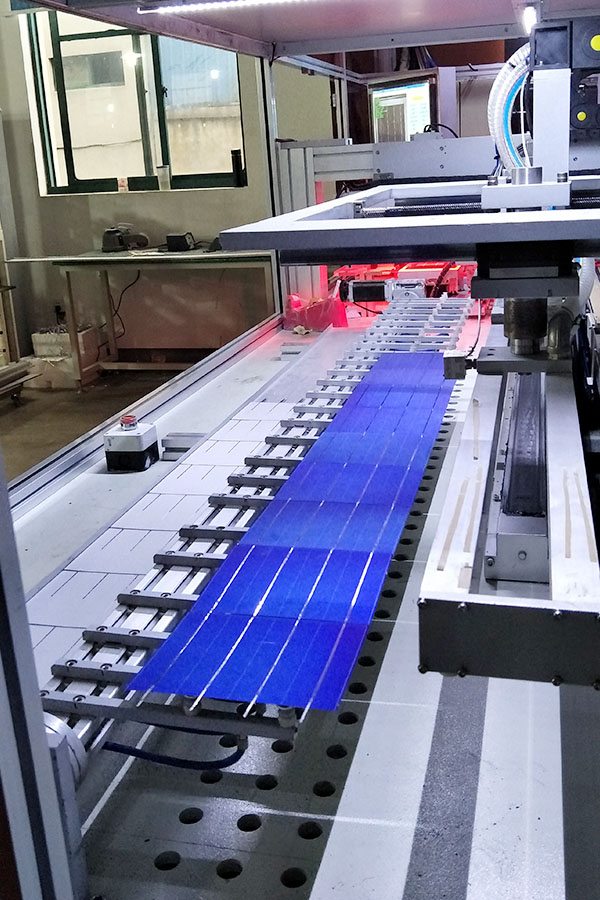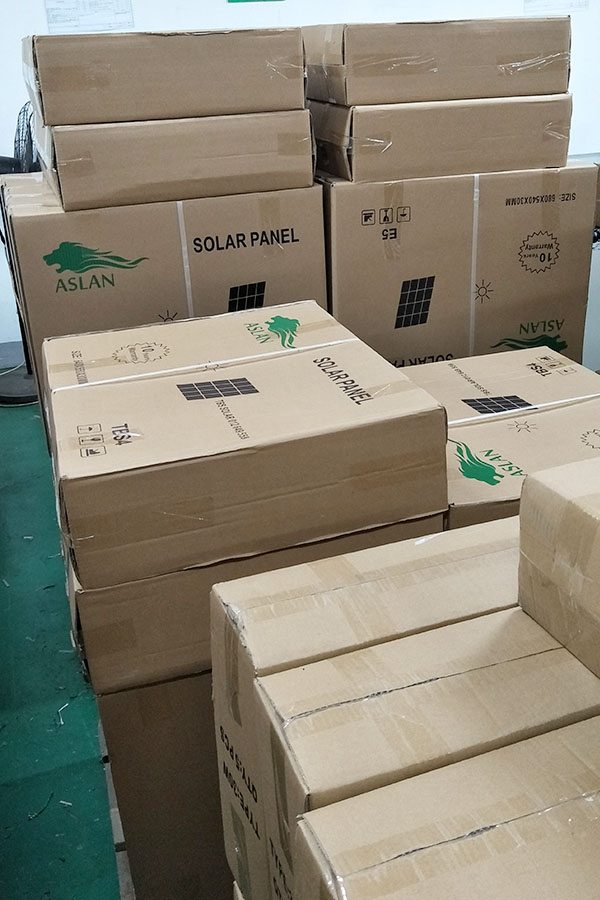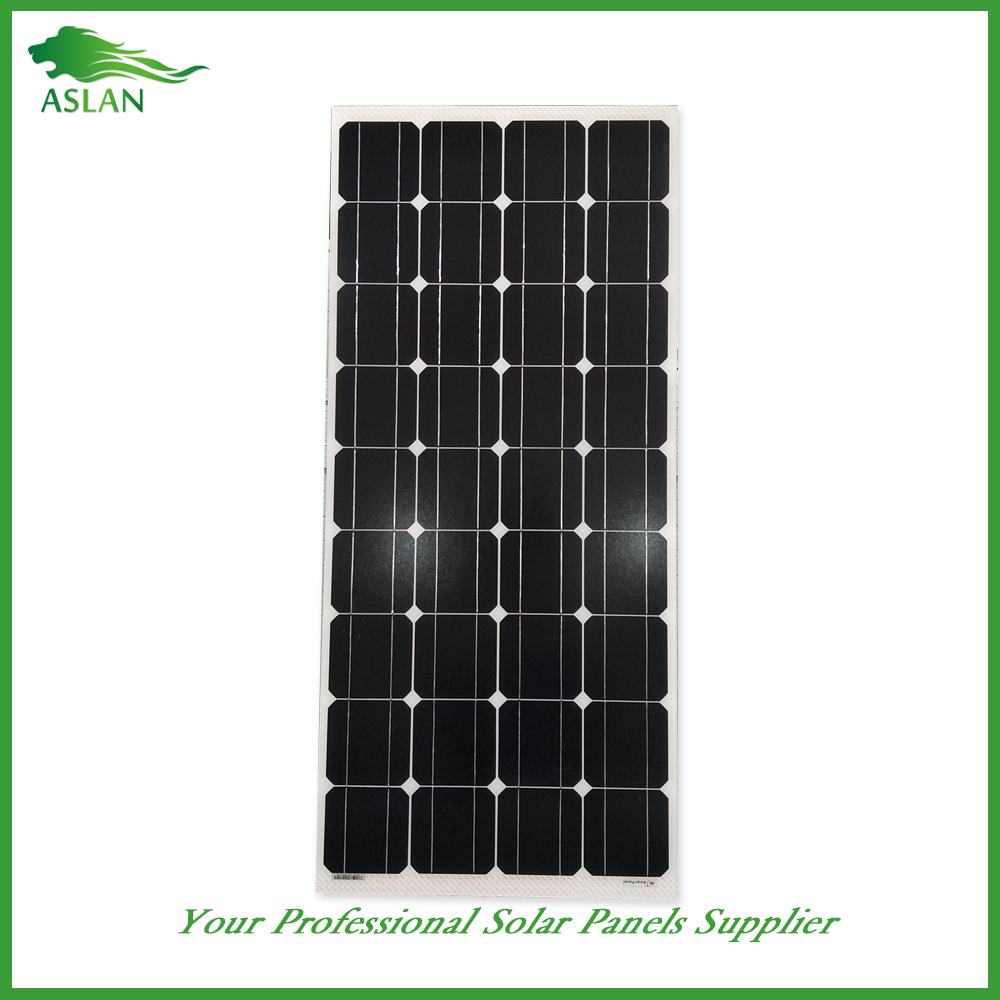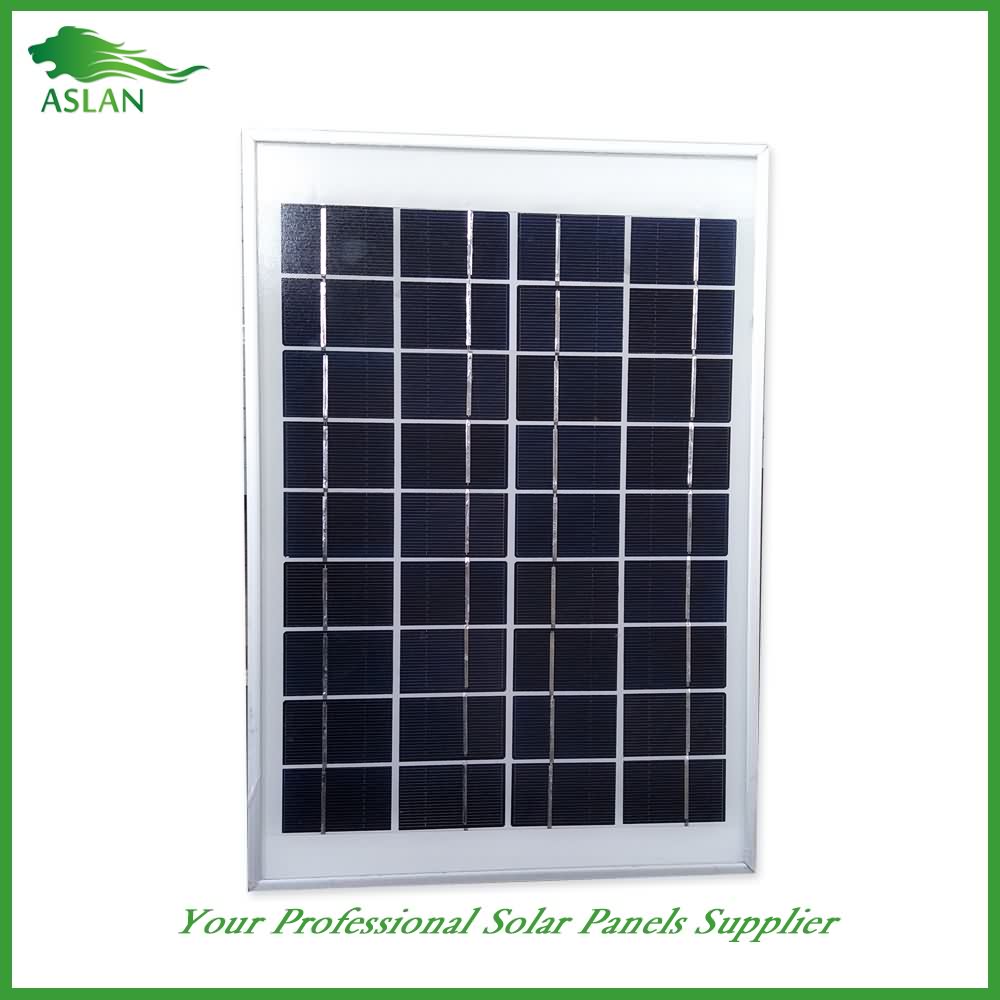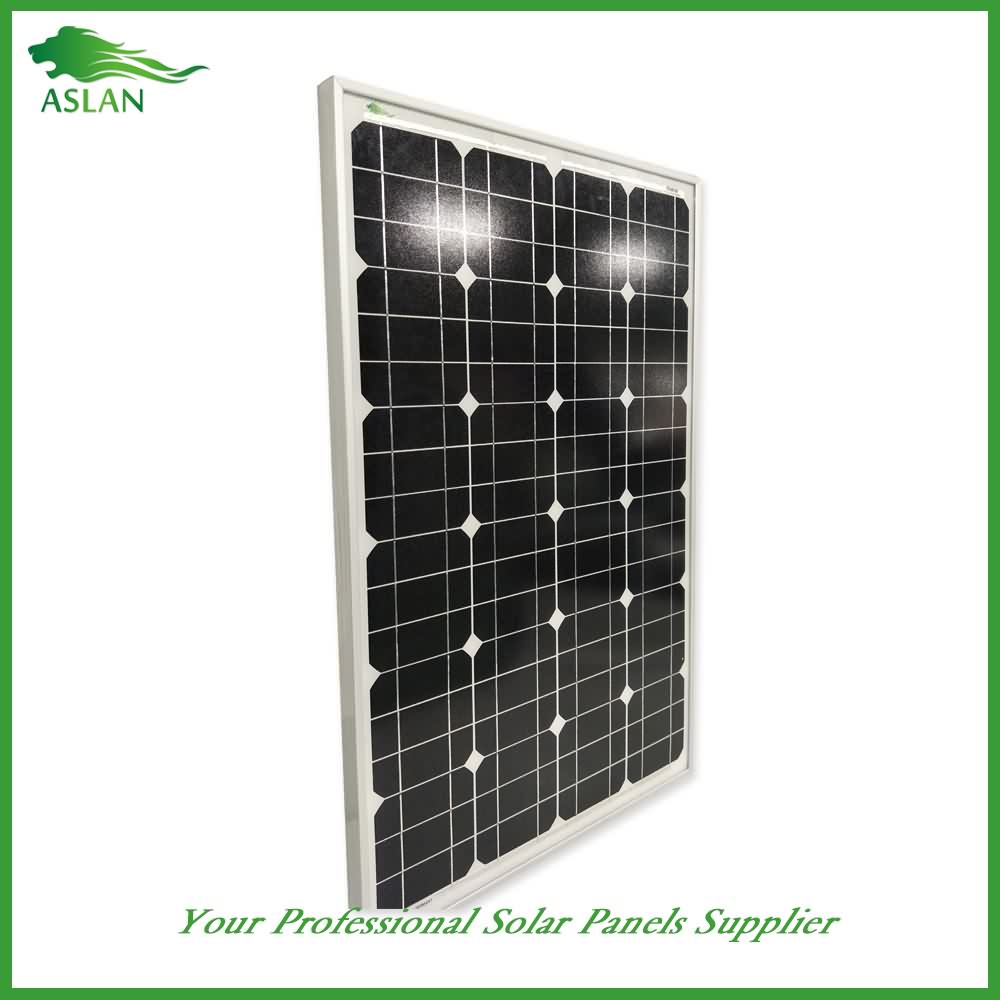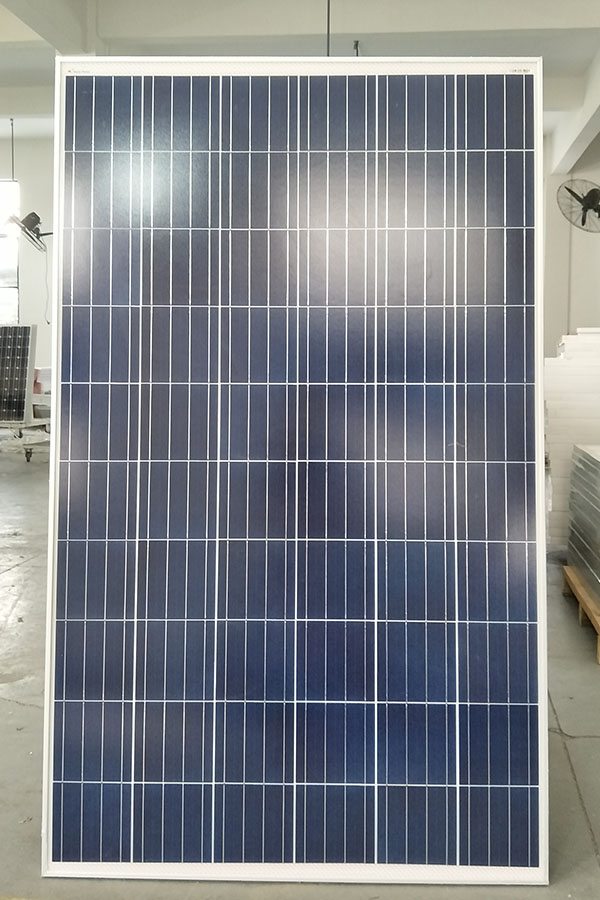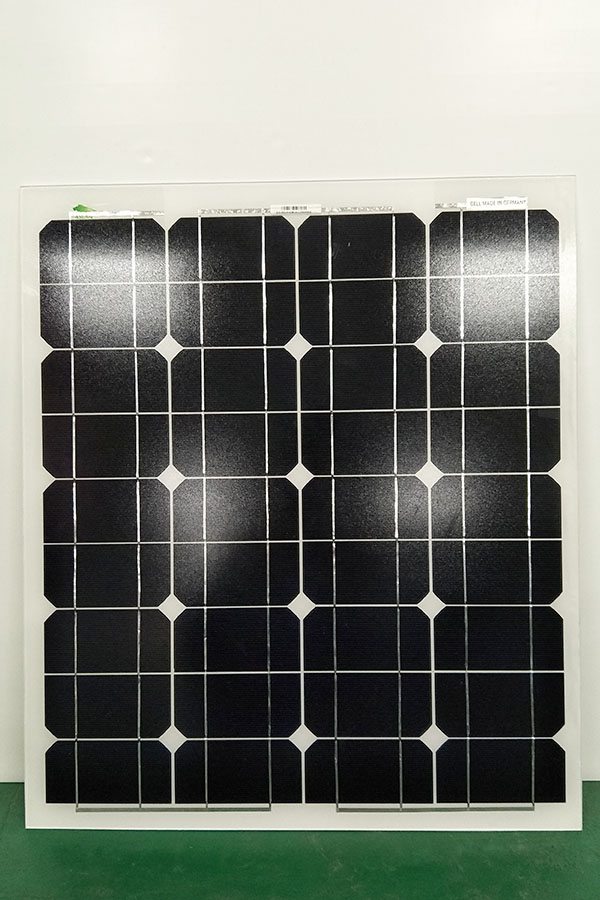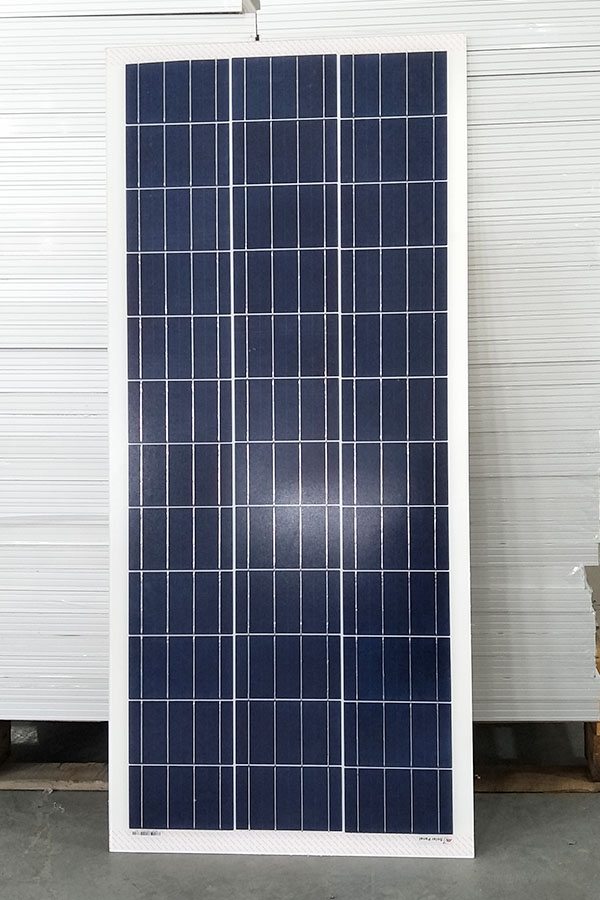20 Years Factory Mono-Crystalline 10W Solar Panel Wholesale to New Zealand
Short Description:
We know that we only thrive if we can guarantee our combined price competiveness and quality advantageous at the same time for 20 Years Factory Mono-Crystalline 10W Solar Panel Wholesale to New Zealand, Welcome to contact us if you are interested in our product, we will give you a surprice for Qulity and Price.
Mono-Crystalline 10W Solar Panel
Technical parameter
Maximum Power(W) 10W
Optimum Power Voltage(Vmp) 17.56V
Optimum Operating Current(Imp) 0.58A
Open Circuit Voltage(Voc) 21.35V
Short Circuit Current(Isc) 0.64A
Mechanical Characteristics
Cell Type Mono-crystalline 52x35mm
No of Cell 36 (4x9pcs)
Dimensions 250x370x17mm
Weight 1.2Kg
Front Glass 3.5mm,High Transmission, Low Iron,Tempered Glass
Junction box IP65 Rated
Output Cable TUV 1×4.0mm2/UL12AWG,Length:900mm
Temperature and Coefficients
Operating Temperature(°C): -40°C ~ + 85°C
Maximum System Voltage: 600V(UL)/1000V(IEC) DC
Maximum Rated Current Series: 15A
Temperature Coefficients of Pmax: -0.47%
Temperature Coefficients of Voc: -0.389%
Temperature Coefficients of Isc: 0.057%
Nominal Operationg Cell Temperature (NOCT): 47+/-2°C
Materials of solar panel
1).Solar Cell——Mono-crystalline solar cell 52*35mm
2).Front Glass——-3.2mm, high transmission, low iron, tempered glass
3).EVA——-excellent anti-aging EVA
4).TPT——-TPT hot seal made of flame resistance
5).Frame——anodized aluminum profile
6).Junction Box——-IP65 rated, high quality, with diode protection
Superiority: high quality anodized aluminum frame, high efficiency long life, easy installation, strong wind resistance, strong hail resistance.
Features
1. High cell efficiency with quality silicon materials for long term output stability
2. Strictly quality control ensure the stability and reliability, totally 23 QC procedures
3. High transmittance low iron tempered glass with enhanced stiffness and impact resistance
4. Both Poly-crystalline and Mono-crystalline
5. Excellent performance in harsh weather
6. Outstanding electrical performance under high temperature and low irradiance
Quality assurance testing
Thermal cycling test
Thermal shock test
Thermal/Freezing and high humidity cycling test
Electrical isolation test
Hail impact test
Mechanical, wind and twist loading test
Salt mist test
Light and water-exposure test
Moist carbon dioxide/sulphur dioxide
Stanford graduate Vijay Narasimhan explains how he and colleagues in the Yi Cui Group at Stanford discovered how to hide metal wires in solar cells and funnel light directly to the semiconductor below. The new technique has the potential to improve the relative efficiency of solar cells by 10 percent.
ADDITIONAL INFORMATION
ACS Nano: http://pubs.acs.org/doi/abs/10.1021/a…
Cui Research Group: http://web.stanford.edu/group/cui_group/
Global Climate and Energy Project: http://gcep.stanford.edu/
CREDITS
Video: Mark Shwartz, Precourt Institute for Energy, Stanford University
Video & microscopy images of the experimental gold sheet and silicon nanopillars: Vijay Narasimhan and Yi Cui, Stanford University
B-roll of solar-cell manufacturing & testing: U.S. Department of Energy and National Renewable Energy Laboratory (NREL)
-~-~~-~~~-~~-~-
Please watch: “Automated haematology analyser”
-~-~~-~~~-~~-~-
RV travel is fun until it gets dark, the batteries are drained and you are back to the dark ages. Solar power is great, until it’s raining, wind power is great, until it’s a …
